Brake pad replacement? Ever wonder how to make brake pads? Usually I show you a DIY like how to replace brake pads, but in this video I show you how brake pads are made!
Brake pads from this factory: https://www.NRSbrakes.com/nrs-chrisfix/
To make brake pads, we start out with raw pickled and oiled steel. The steel gets stamped into a brake pad backing plate which gets analyzed to make sure it meets OEM specifications. Next the brake pad backing plate goes to the NRS press to get a mechanical attachment. Then the backing plates get galvanized and finally brake pad friction material is added. The manufacturer can add and friction material they want such as semi-metallic, organic, or ceramic friction material. Lastly the shim is made and installed on the brake pad and they can be sent to testing! When it is all said and done, I took the brake pads we made and installed them on my truck with new brake rotors!
The company that let me film in their factory is giving all of my fans 20% off their brakes using the code “20off” at checkout. I do not make any money from this! They are doing this to get you guys to try out their new technology brake pads and I will always share a discount to help my subscribers. Here is the link: https://www.NRSbrakes.com/nrs-chrisfix/
How to replace your own brake pads and rotors: https://www.youtube.com/watch?v=6RQ9UabOIPg
How to Replace Drum Brakes: https://www.youtube.com/watch?v=Q5j3sKgNoEs
Drum to Disc Conversion: Still working on this video
→ Become a ChrisFix Subscriber: http://www.youtube.com/subscription_center?add_user=paintballoo7
→ Instagram: https://www.instagram.com/chrisfixit
→ Facebook: https://www.facebook.com/chrisfix8
→ Website: http://www.ChrisFixed.com
→ My Channel Home Page: https://www.youtube.com/ChrisFix
**If the video was helpful, remember to give it a “thumbs up” and consider subscribing.**
Disclaimer:
Due to factors beyond the control of ChrisFix, I cannot guarantee against improper use or unauthorized modifications of this information. ChrisFix assumes no liability for property damage or injury incurred as a result of any of the information contained in this video. Use this information at your own risk. ChrisFix recommends safe practices when working on vehicles and or with tools seen or implied in this video. Due to factors beyond the control of ChrisFix, no information contained in this video shall create any expressed or implied warranty or guarantee of any particular result. Any injury, damage, or loss that may result from improper use of these tools, equipment, or from the information contained in this video is the sole responsibility of the user and not ChrisFix.

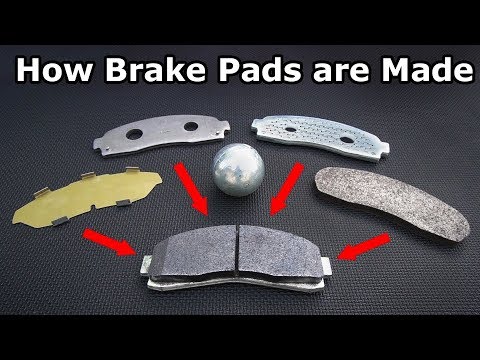

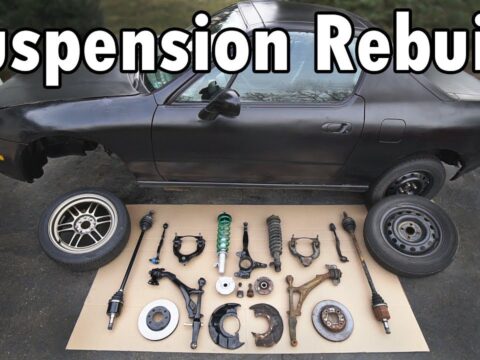
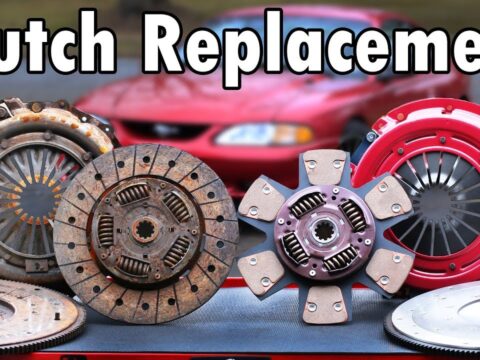
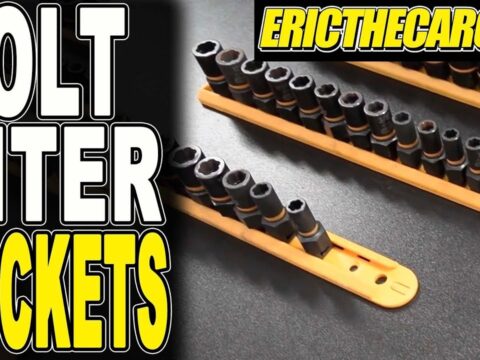


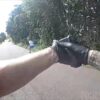
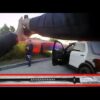












The company that let me film in their factory is giving all of my fans 20% off their brakes using the code "20off" at checkout. I do not make any money from this! They are doing this to get you guys to try out their new technology brake pads and I will always share a discount to help my subscribers. Here is the link: https://www.carid.com/nrs-brakes/
This video was one of my most favorite that I have ever made! It took about a months worth of work and I hope you enjoy! It took a lot of time and work to make and NRS brakes literally closed down part of their manufacturing line so I could film this. It’s absolutely incredible how much help they were! I hope you guys like it and I hope other brands reach out so we can do more of these how-it’s-made episodes!
Also I will be in Ireland for a meet-up on Saturday July 13 so check out my Instagram or YouTube stories for more info if you are from Ireland!
Hey ChrisFix,
I am doing my first brake job, but I am curious and need a little assistance.
1. What type of 'lubrication' (?) does a brake pad need?
2. What would be a good brand of 'lubrication fluid' for someone who does rideshare driving?
3. Thanks to your video I have purchase NRS Galvanized Brake Pads but have yet to install them. It appears as though they do not need much lublication, would you please explain why?
BTW: My time living in Newark, NJ were some of the best years of my life! I live on the West Coast today.
Hey Chris,
I am doing my first brake job, but I am curious and need a little assistance.
1. What type of 'lubrication' (?) does a brake pad need?
2. What would be a good brand of 'lubrication fluid' for someone who does rideshare driving?
3. Thanks to your video I have purchase NRS Galvanized Brake Pads but have yet to install them. It appears as though they do not need much lublication, would you please explain why?
BTW: My time living in Newark, NJ were some of the best years of my life! I live on the West Coast today.
Thank you Chris I would like to order but I'm in south Africa I'm not sure if shipping will cost more than just buying in south Africa. Thank you
Learning your from NJ I want more videos like this from you! I love learning! Give me how it’s made videos in your style now!!!
Cool video!
When you watch this video … remember. 50 years ago – the factory that made the pads was in the US, the factory that made the caliper was in the US, the factory that made the car was in the US, the mill that made the steel was in the us.
so buy from nrs brakes then ???
Well, it seems that you have videos that are only exclusively for NRS. They're not on your page but in those videos you show the pads after a year. You do not tell us how many miles are on those pads other than the vehicle have had them for about a year or more slightly. There's little to no information on NRS online other than a couple YouTubers galvanized backing plates. One thing but you showed on the back brake pads hole the brake pads chipped off some. Maybe some but they chipped front brake pads look good but we really need a little more information. Did they stop as good? If not better than OEM packs or any other pads you've used. Did you put the pads through the paces? Let's see how good they were. Did you have to bed them in? There's a lot of information we're not being given
Well, you know what’s funny you can also get there not only by driving, but by train as well. I know you flew but you can literally take a northeast regional from Newark into Penn Station and then take Amtrak train 63 into Canada. That’s the Maple Leaf.
But you didn't show us how friction is molded into the shape of the brake pad that's the most interesting part of it all yet you didn't show us can you show us please ?!
Loved this video, I'll try and remember that zinc coated and mechanically pressed pads are preferred to paint coated and glued pads 👌🏻
I need to admire that I was really enjoyed of your movie because I love to see how the things are built
Load diff between press and hot press method
What is the material of shim
You DEFINITELY have to make more content like this one!!!
Where is the process of producing brake friction material..?
1:01 improper lubricant used.
You could also sandblast the ends of the pads and the other contact surface, then apply some lubrication/metal protector to prevent future rust..
I will be interested to see how body panels are made
Hayward cool video me cool idea! One thing you did not do !? What are they made out of what material do you use ceramic semi-metallic what be informative informers what's the difference between the two what works better pros and cons of it. Do what's right help us out give us knowledge. That would be cool! Thanks a lot hope to see your videos
Epic❤❤
I was hoping to see how the friction pads themselves were made, too. It might give a sense of the differences in each type, like some having more copper, etc. AFAIK, all modern brake pads, except for the carbon fiber ones, are actually all complex composites. We can call them "organic", "ceramic", or "semi-metallic" but those don't change the fact each pad is made of a mix of materials. Also, the carbon fiber ones might not be composite, but seeing how they are made might still be interesting.
Great video thx 4 sharing!! a continuation of all parts ( suspension system ) … alignment tech 🚗 🖥️🔧… covering that topic would be awesome!! I've watched liked and playlisted your videos on my page… learning from u is clear, clean, organized & comprehensible 👑 who need who ?, when Chris can fix it 🔧
Don't all wheels need brake pads?
Only visually spot checked one out of about 50 plates. That's 2% spot check. hmmm. Those NRS pads look very well made. I may try them (and use the code).
Please make a video on how shim made
Great job Chris.. more how it’s made !!
Awesome yo
6:24 i used to think they we're gonna make coins with em
AHMAD BADR IL
6 H C I
CAR BMW VS TRUCK GMC
gREAT vIDEO
Do how car is made
Every time he said "Pickled" i took a shot
He is unreal